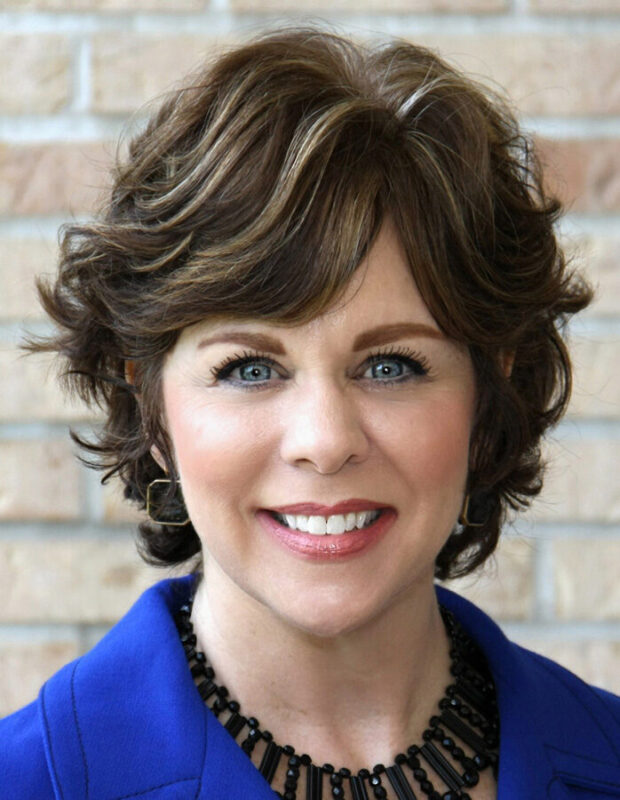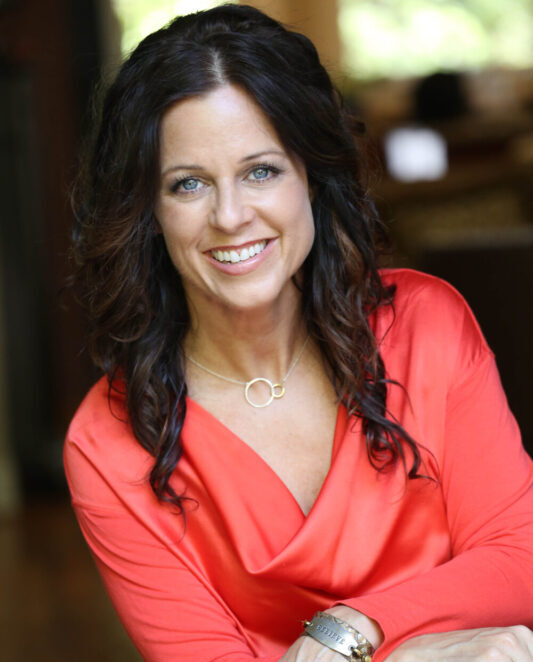Collaborated on by Jane Gentry, Jennifer McKenna, Jessica Bowers, and Josh McAfee
 When you look around many C-suites, you start noticing that those executive chairs are mostly filled with men. Despite women being vital members of the workforce since the 1940s and being 50.5% of the total population of the United States, they only represent about 33% of senior leadership positions (1).
When you look around many C-suites, you start noticing that those executive chairs are mostly filled with men. Despite women being vital members of the workforce since the 1940s and being 50.5% of the total population of the United States, they only represent about 33% of senior leadership positions (1).
Josh McAfee, Co-Founder and Managing Partner of Humans Doing, has worked with CEOs and business leaders to recruit the best candidates to fuel their company’s growth for decades. He’s noticed many of those higher positions tended to go to men.
To get a woman’s perspective on the issue and learn what CEOs could do to encourage and promote more women, he talked with Jane Gentry, Principal at Jane Gentry and Company, Jennifer McKenna Founder and CEO at JMac Consulting, and Jessica Bowers, The Noodle in Charge at Marketing Noodle and Director of Sales and Marketing for Catalytic Coaching Inc.
We already tackled what women can do to build their executive presence. Now we’re going to focus on what can be done by business leaders to encourage them.
WHERE ARE THE WOMEN LEADERS?
 The short answer is: they’re right under your nose. Jane and Jennifer noted that women tend to take staff positions that don’t get as much attention. Roles that contribute to business growth and increase profitability are typically filled by men. Those high visibility positions are the ones that receive the most recognition and preferences for promotion. The problem is those are also higher risk jobs.
The short answer is: they’re right under your nose. Jane and Jennifer noted that women tend to take staff positions that don’t get as much attention. Roles that contribute to business growth and increase profitability are typically filled by men. Those high visibility positions are the ones that receive the most recognition and preferences for promotion. The problem is those are also higher risk jobs.
Women aren’t often known for their high tolerance for risk. This often presents itself as their unwillingness to self-promote. For example, women may talk about a promotion, but they rarely directly ask for one. Zenger Folkman found that 40% of women have applied for a promotion in the last 2 years. They’re usually afraid it’ll be detrimental to their career or feel that there is still more to master in their current role.
You’ll also find they won’t step up for positions they don’t feel 100% qualified for. If a job requires ten competencies, a man possessing four of them will tell you he’s right for the role. A woman, however, wouldn’t be comfortable if she doesn’t check eight or more of the boxes. She’ll focus on her lack of experience or training versus focusing on her ability to learn as she goes.
Building careers is fairly new to women. It’s only been in the last 2 1/2 generations that women have increasingly left the home for full time jobs. In that time, women have struggled to balance family and career with many becoming maternal martyrs, deferring to men and settling for less or finding happiness in supporting roles while raising children or taking care of aging parents. While things have been rapidly improving over the last decades, we’re still in an adjustment period. There hasn’t been much time for role models to overcome, develop, and lead the way. It can be too easy for women to fade into the background.
 WHAT CAN BUSINESS LEADERS DO TO BE SURE EVERYONE HAS AN OPPORTUNITY TO BE SEEN?
WHAT CAN BUSINESS LEADERS DO TO BE SURE EVERYONE HAS AN OPPORTUNITY TO BE SEEN?
- Listen carefully. The language that women use is markedly different from men. Women will often lead with “I feel…” or “I think…” statements. This empathetic language can be useful, but it often causes leaders to tune out. There’s no substance behind those kinds of statements, right?
Try to hear what they’re actually asking for. Do they feel overburdened with work? Are they being underpaid? Encourage them to find data to back up their feelings. Present a report of successful projects. Bring the latest salary and compensation research. - Think Outside the Classroom. Jane points out that many leaders believe investing in the careers or competencies of their employees is as easy as throwing them in a training class. Learning is not the same thing as development. Classes are basically just content delivery. Information to use. She likened it to reading a book on golfing versus spending an hour a week practicing with a pro coach.
Have you considered what you can expose your employee to that will expand and sharpen their skills? What other leaders, groups, or networks can they tap into and grow from? Mentors or cross functional training are great ways to build competencies and confidence. Though they are often the group that needs it most, women are least likely to seek executive coaching. - Train Managers to be Leaders and Coaches. One of the greatest disservices that companies routinely subject themselves to is promoting superstar performers without teaching them how to be leaders, in Jennifer’s experience.
She suggests starting with the end in mind and moving your way back. What do employees need to do to hit the milestones to further their careers? How does that match up with what the business requires? Jessica has seen companies realize impressive growth and productivity with high rates of employee retention when they find that sweet spot where the employee’s aspirations match up with the organization’s needs.
Inviting women into the C-Suite starts with a strong leader that can see their potential and encourage them to embrace it. They may need a little extra help tooting their own horn, but they’ll be unstoppable once you create that intentionality.
Do you have any advice to add that would help executives create those opportunities for women to step into leadership? Reach out to the Humans Doing team or share them on our LinkedIn page!
(1) Grant Thornton. (n.d.) Women in Business 2021. https://www.grantthornton.global/en/insights/women-in-business-2021/

Jane Gentry has had a successful 30-year career as a CEO, Business Consultant, Executive Coach, Sales Manager, and Keynoter. In 1999, Jane formed her practice where she has partnered with her clients to improve growth, profitability, client retention, employee retention and leadership capabilities.

Jennifer McKenna developed the JMac method 20 years ago to transform visions into reality, she is adept at extracting the Big Idea and breaking it down into measurable milestones. With a background in program and business development and change facilitation and consulting, Jennifer coaches leaders and guides the process of transformation. Jennifer has been featured on Fox Atlanta and CBS for her work as a coach.

Jessica Bowers is the Head Noodle in Charge at Marketing Noodle. Leveraging a degree in Sociology with a concentration in Organizational and Social Change, she's spent the last 12 years developing marketing and content for small businesses, engaging with the community to build up peers and future leaders, and teaching companies how to improve their company culture and employee experience.

Josh McAfee is the Co-Founder and Managing Partner at Humans Doing. With over 26 years of recruiting and team-building experience, Josh has worked with startups, SMBs, and large companies to determine hiring needs, develop our recruiting strategies and processes, and connect top talent to fuel growth. In 2021, he became a Wall Street Journal and USA Today bestselling author with his book Measure Up: Mastering Your Career Search Like a Boss.